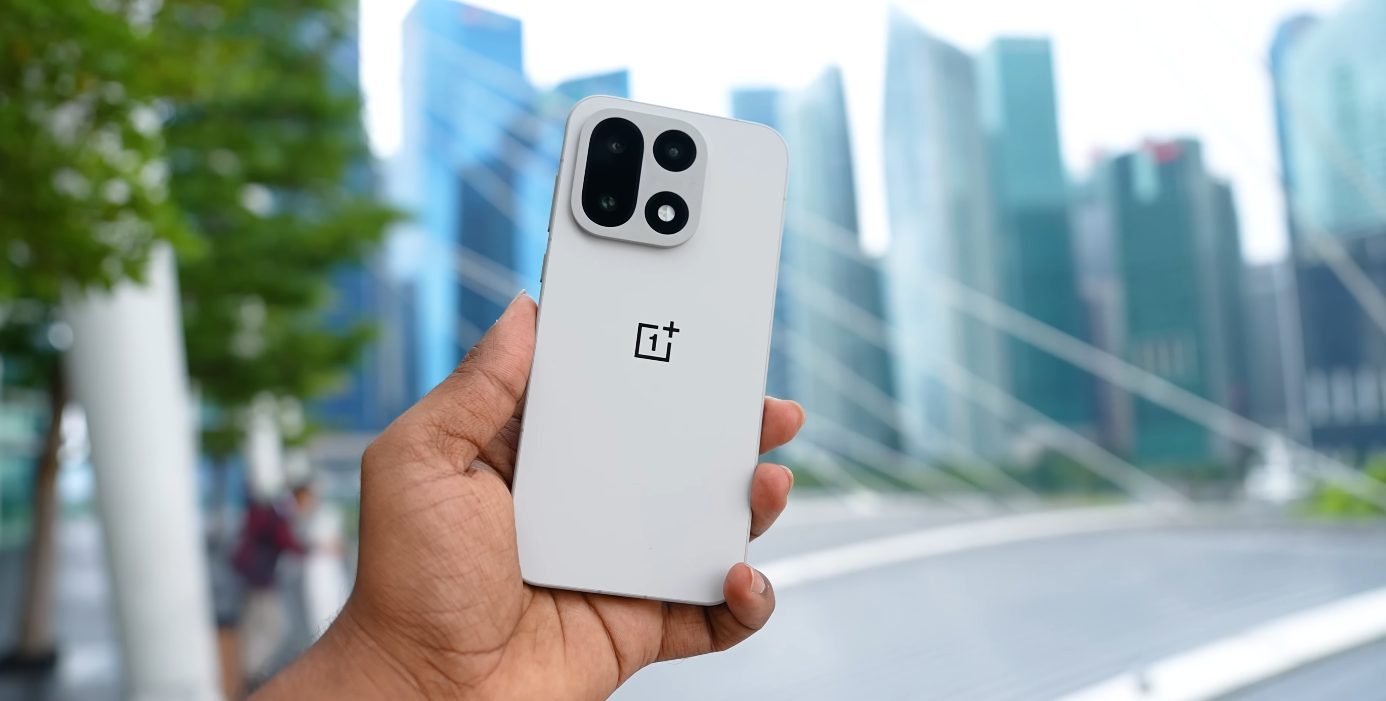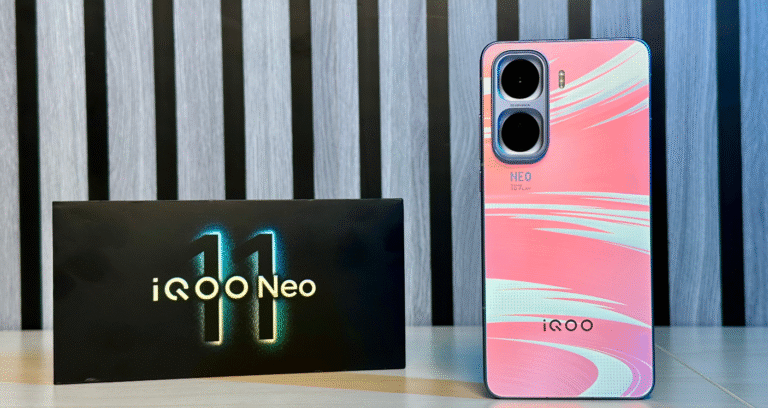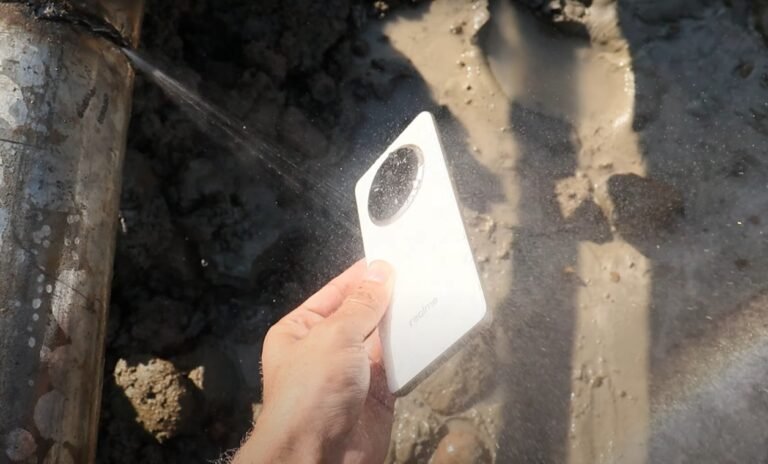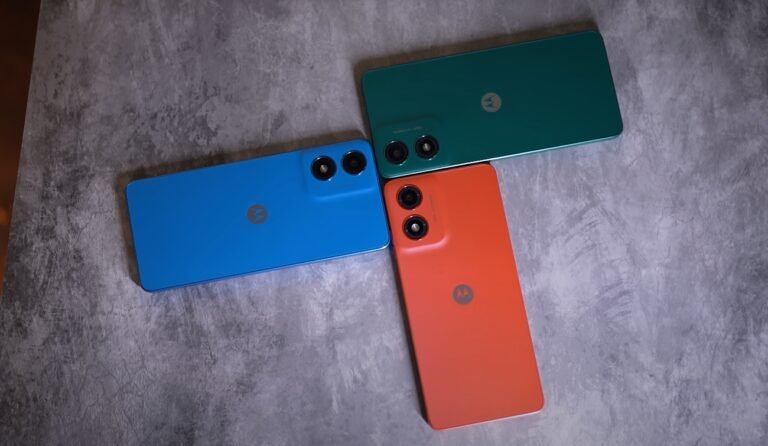OnePlus 15 vs Realme GT 8 Pro: flagship specs, different price tag

Two top-tier phones that share elite hardware but aim at different buyers
The OnePlus 15 and the Realme GT 8 Pro are two of the most aggressive flagships of this generation, and both arrive with extremely high specification sheets that place them in direct competition on raw capability. For UK buyers however, this comparison is not just about which chipset is better. Both use the same latest premium silicon, so performance parity is very close. What matters more is how each brand has shaped pricing, display engineering, camera tuning and long-term value. Because while specifications look similar, the target market is not.
The chipset similarity is important. Both devices are running a flagship grade mobile platform built for sustained performance in heavy workloads. That means you are not going to see a dramatic difference in day-to-day app loading or high performance gaming across either device. The bigger separation instead comes from how each brand positions itself. OnePlus has shifted further upward into the “top premium” bracket, while Realme continues to focus on value maximisation with high specification at a more accessible price point.
Display behaviour is one of the clearest differentiators. The OnePlus 15 uses a 165Hz panel, which is at the very top end of refresh performance. The Realme GT 8 Pro sticks to a slightly lower refresh ceiling but pairs it with a higher resolution display. The practical outcome is that the OnePlus experience leans towards ultra fluid motion and tactile UI feel, while the Realme approach favours sharper text rendering and crisper fine detail. Both will feel premium, but they offer different flavours of premium.

Battery capacity is another headline where differences are subtle but meaningful. Both are using very large cell designs with fast wired charging, and both support wireless charging in varying capacities. However, optimisation strategy and heat management will determine the long-term advantage. UK buyers who use their phone heavily during commuting periods care less about lab wattage claims and more about how consistent charging speed stays after many cycles. When batteries are this large, efficiency tuning becomes more important than pure peak numbers.
Camera systems also reflect contrasting philosophies. OnePlus is focused on more refined processing and balanced sensor selection, while Realme tends to push high megapixel count modules to boost hardware appeal. UK buyers who want predictable imaging across a wide range of lighting conditions may prefer OnePlus’s more controlled approach. Those who want more experimental framing possibilities or crop flexibility may be drawn to Realme’s high resolution hardware channels. Both claim flagship photography status, but they earn it in different ways.
Build design is also not identical. OnePlus is deliberately signalling a more corporate premium design profile with cleaner lines, firmer materials and a stronger executive feel. Realme often uses bolder finishes and standout visual themes which appeal to younger buyers who want a more expressive phone. In the UK, that design split can influence resale. Premium neutral designs tend to retain desirability longer in the second-hand channel than experimental or bold themed variants.
Pricing may be the biggest divide. OnePlus now sells itself as a direct rival to the top front bench of the industry. Realme remains value focused even when specifications are elite. That means Realme often undercuts the price expectation for this level of hardware. For many UK buyers, that difference alone could determine which one feels like the smarter buy. If both phones are offering roughly equal performance but at different price points, then the “value performance” mindset will push many towards Realme.
However, long-term software behaviour is another cost factor. If OnePlus provides longer platform support and more stable update cycles, it may hold relevance longer. And relevance correlates to better resale value. A lower initial price does not automatically mean better value if long-term desirability falls off earlier. UK buyers who tend to upgrade yearly or every eighteen months must account for that when calculating effective cost.
Network variant matching also matters. Buying official UK variants ensures full band support, eSIM behaviour and proper network optimisation. If either phone is imported in the wrong regional configuration, then the price advantage becomes irrelevant because performance and resale will be compromised immediately. So the correct variant must be part of the equation, not just pure spec sheet thinking.
Overall, if a UK buyer is strictly chasing best specification per pound, the Realme GT 8 Pro will likely look more attractive because it delivers elite hardware at a more aggressive price. But if a buyer wants a more premium long-term identity, more subtle design tone and potentially stronger perception-based value retention, the OnePlus 15 makes more sense. They are both flagship devices, but they are not chasing the same crowd.






